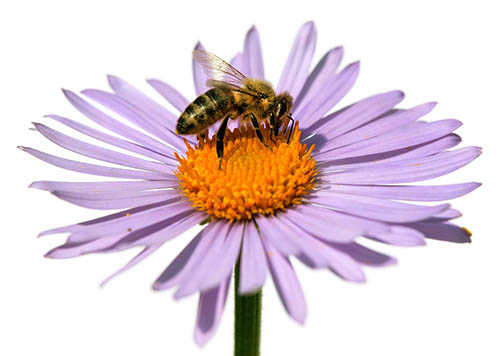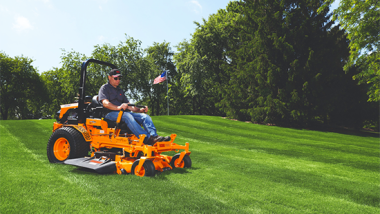Last updated on December 19th, 2024 at 06:55 am
Plants that attract bees. Most folks know honeybees are on the endangered species list but are they? They are not on the endangered list. The yellow-face bee that is native to Hawaii is on the list, but the Common honeybee is not.
This is what snopes.com has to say about the Yellow-Face Bee.
The yellow-faced bee is the only bee native to Hawaii, meaning that it was able to reach the Hawaiian Islands on its own, according to a fact sheet provided by the University of Hawaii’s Master Gardner Program. “From that one original colonist they evolved into 63 known endemic species, about 10% of the world’s yellow-faced bees and more than are found in this genus in all of North America.” Read more here.
Also, the bumblebee has recently been placed on the endangered list according to ScientificAmerican.com
Without them, we will not survive, why? They pollinate plants that produce food for the human race.
How do bees pollinate plants and flowers? It’s simple the bee will get the nectar from the flower the pollen on the flower will stick to the hairs of the female bee. When the female goes on to the next flower it is rubbed onto the “stigma” of the flower also called the pistil this is when pollination occurs.
Are People afraid of bees?
Apiphobia is the fear of bees, and many folks have this phobia. They run as soon as they see a bee in the vicinity and rightly so, but many will start to look for insecticide spray or fly swatter to kill it. The main reason a bee will sting is that it has been disturbed. It’s important not to get too close or disturb a bee and never, ever mess with its hive. If you leave bees alone, they will do the same to you. You should never disturb a hive near your home or any dwelling, it is best to call professionals.
If you are allergic to bee stings and get stung seek medical attention immediately.
There is no doubt we need to do our best to keep these flying insects here on this planet. We all need to try our best to use organic pesticides, and insecticides, and limit or do away with harsh chemicals that kill bees. It is a challenge. Here are a few things you can do for future reference.
The list below is insects and organic pesticides to kill other bad insects.
Ladybugs
Praying Mantis
Neem Oil
Insecticidal Soap Sprays
Beneficial Nematodes
Plants that attract bees
Ten plants that bees are attracted to.
- Salvia
- Columbine
- Larkspur
- Lilacs
- Poppies
- Black-Eyed-Susan
- Lavender
- Honeysuckle
- Trumpet Vine
- Wisteria
- Lady Banks Rose
Pictures of plants that bees like
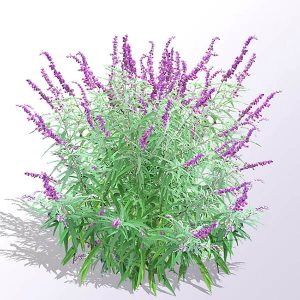
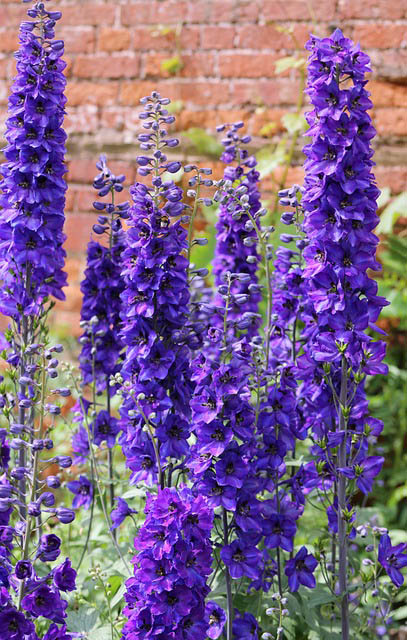

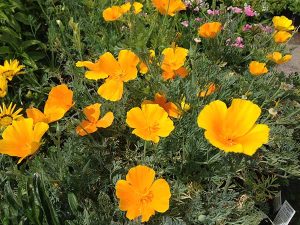
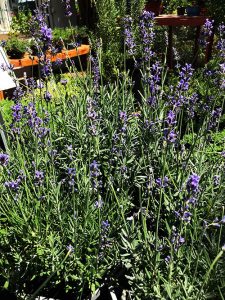



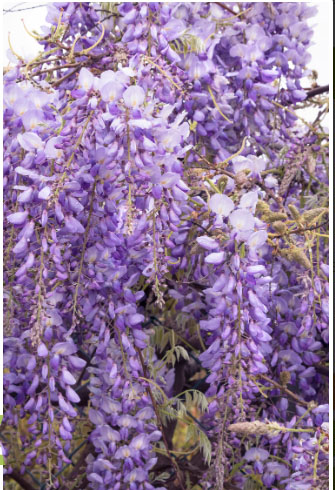
In reality, almost any plant that produces a bright flower will attract bees. Daisy’s, Marigold’s, Cactus flowers, and many more. I’ve seen them swarm around the yellow flower of the Goathead weed.
Is it illegal to kill bees?
You are not going to jail if you swat a bee and kill it with a newspaper. However, using insecticides that are banned from use might be a different story. Also, each state has its own laws regarding the killing of bees. According to Legalbegal.com “Federal courts have ruled pesticides that may severely harm entire bee populations, such as Movento and Ultor, (is) illegal”.
Conclusion: Bees are beneficial to all plants including humans. Almost any flower will attract bees and butterflies. Do your best not to disturb them and avoid using harsh chemicals that could kill them.
Got questions or comments on this? Please, let us know by commenting below.

Greenhouse Manager, Master Gardener, and Webmaster.
If you have any questions or enjoyed this post, feel free to share your thoughts in the comments below.

